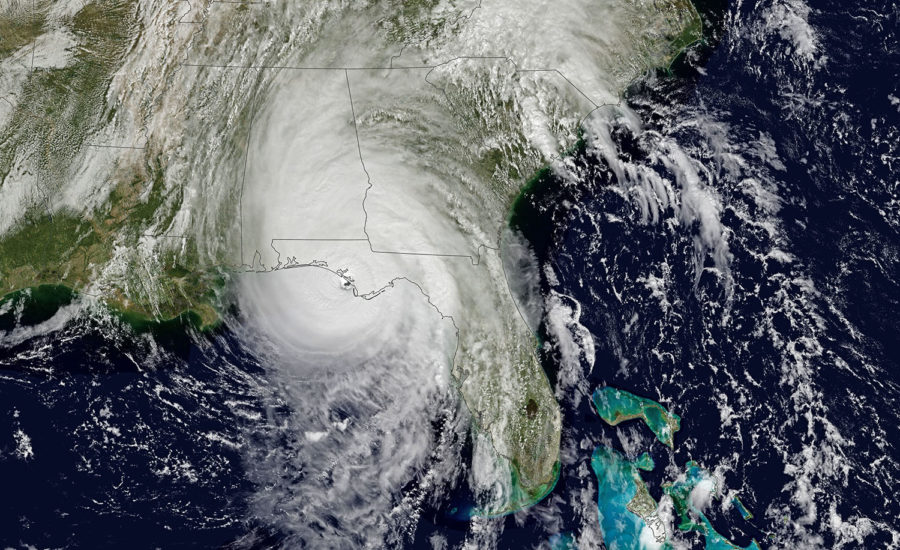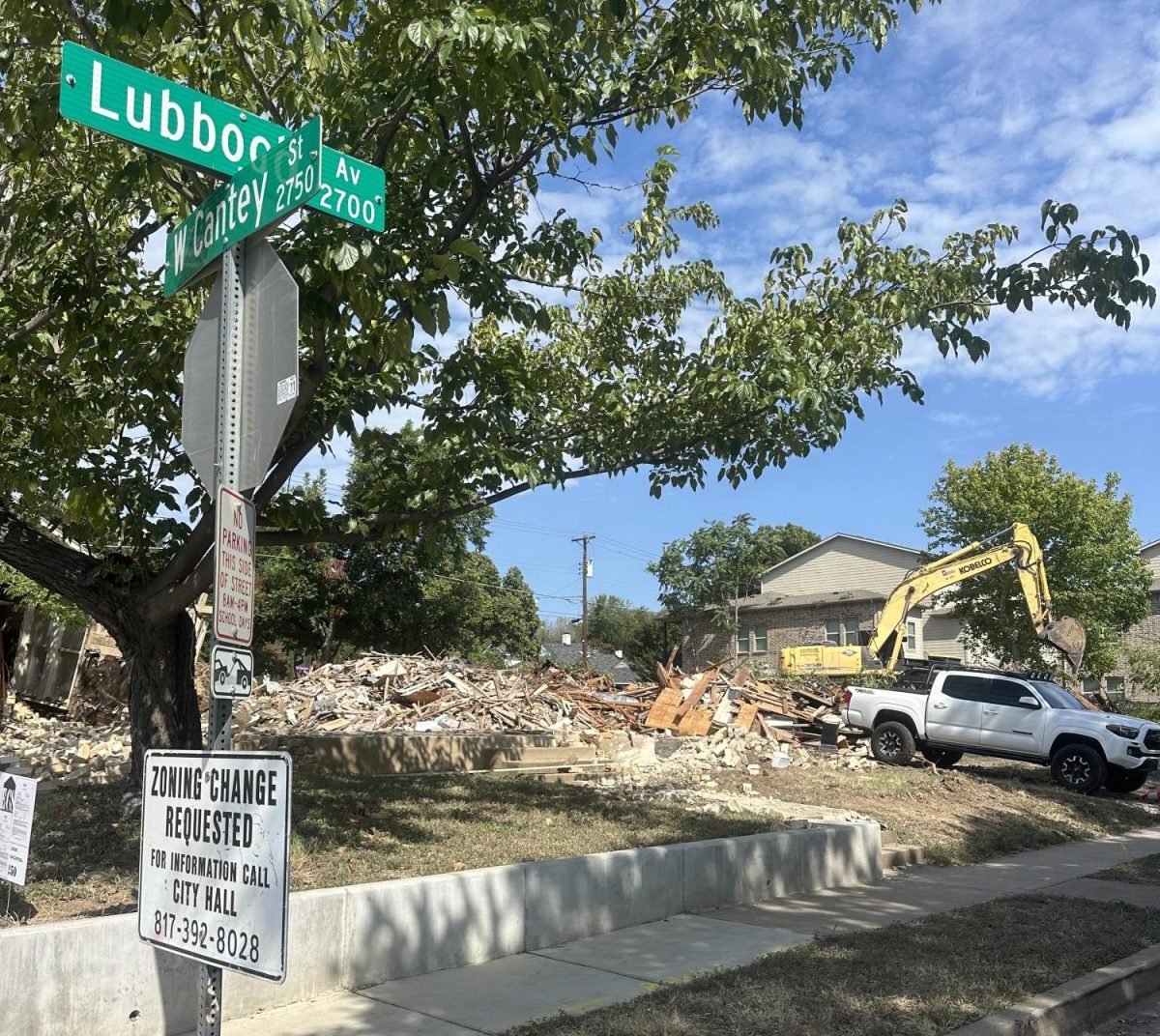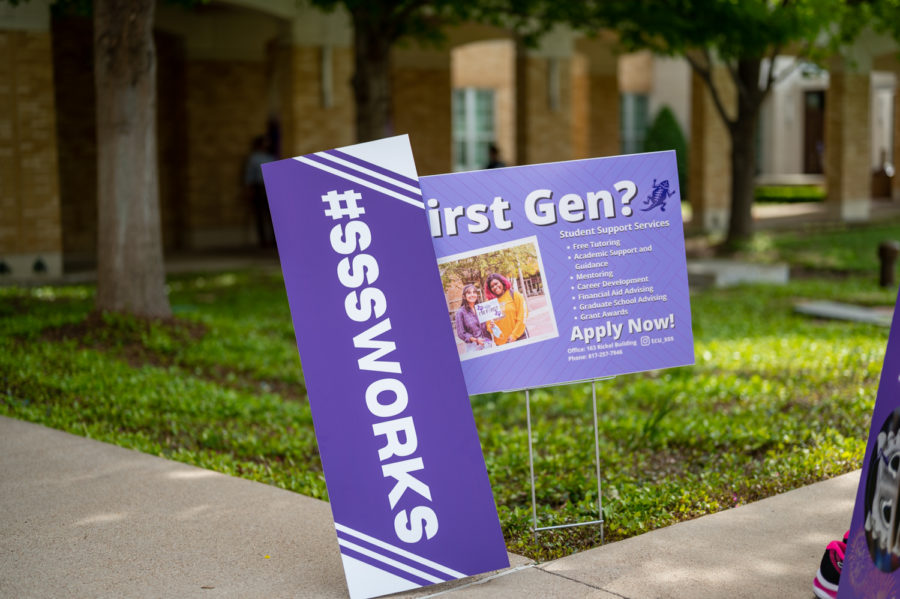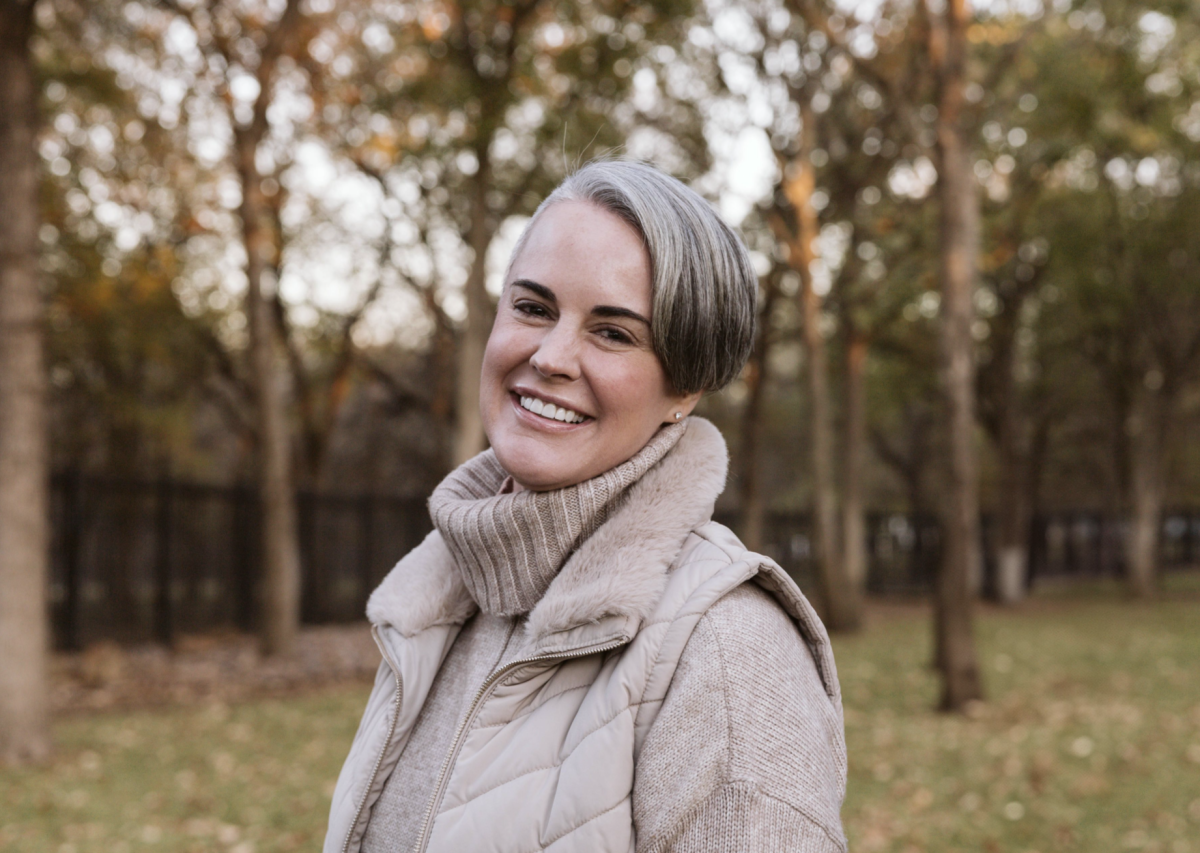Hurricane Michael made landfall on the Florida panhandle October 10 and while coverage has moved out of the national spotlight, students and faculty with ties to north Florida said the cleanup and recovery will be a long process. Michael, the third-strongest storm to make landfall in the United States, is expected to cost $4.5 billion, according to CoreLogic, a corporation that provides consumer, financial and property data. Unlike Hurricane Harvey, which swamped the fourth-largest city in the country in August 2017, Michael hit multiple small cities and towns. As of Oct. 30, 45 people have died as a result of the storm, according to Insurance Journal. When other events are occurring around the same time as a hurricane, coverage of the storm is more segmented and typically lacks a connection to a larger system at work, such as climate change, said Kathleen Culver, an assistant professor and the James E. Burgess chair in journalism ethics at the University of Wisconsin-Madison. Culver said she predicted there will be additional coverage one year after the hurricane hit. Dr. Laura Bright, the chair of the department of strategic communication, said her mother evacuated her home the day before Hurricane Michael hit the area. Her cinder-block home was not destroyed, but there were limbs and debris in her yard, Bright said. Bright said journalists cover the storms when they are approaching land and right after they make landfall, but then they start reporting on new events. About eight miles east of Panama City Beach lies Panama City, which Bright said was the more damaged of the two. She said while debris and power outages were common in Panama City Beach, in Panama City, a Sam’s Club was destroyed. “I think these storms are difficult to deal with,” Bright said. “The thing that people tend to forget is it’s a very long road to come back from these things.” Senior communication studies major Clark Whitley said Bainbridge, Ga., where his father commutes to work every day, was damaged by the hurricane. Whitley said his father’s employees lost their homes, and some of them had nowhere to evacuate. “Can you imagine living in Georgia, and then you wake up the next day — your whole community’s gone?” Whitley said. Whitley’s connection to areas impacted by the hurricane goes beyond family and business; his girlfriend lives in Mexico Beach, Florida, which Hurricane Michael destroyed almost completely. Whitley said the foundation of his girlfriend’s house remained intact, but her neighbors lost their homes and possessions. “I definitely have seen some lives changed forever,” Whitley said. Whitley said churches and local organizations and residents are providing aid to the damaged communities but that the nation as a whole might give additional help if the national media were to cover the situation more. “It has been kind of disappointing to see how little this hurricane has been publicized,” Whitley said. This map shows how Hurricane Michael affected areas of Florida connected to members of the TCU community and their families. (Map courtesy of Google Maps; Thinglink by Renee Umsted)
Categories:
Recovery ongoing as media coverage shifts away from hurricane
By Renee Umsted
Published Nov 12, 2018
Hurricane Michael hit Florida near Mexico Beach on Oct. 10 in the afternoon. – Photo courtesy of the NASA Earth Observatory
More to Discover







